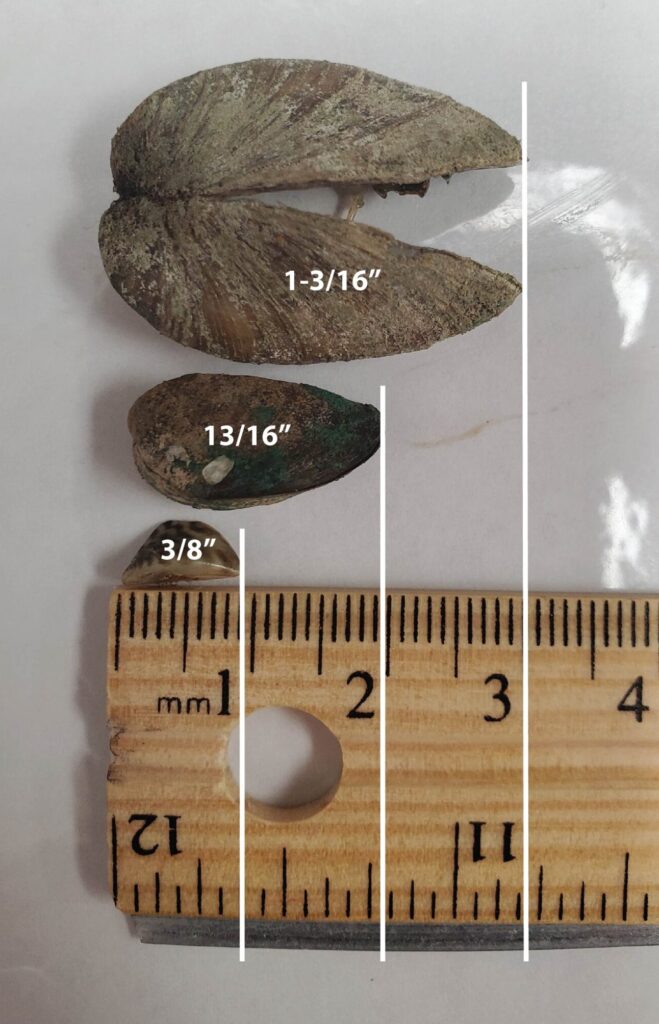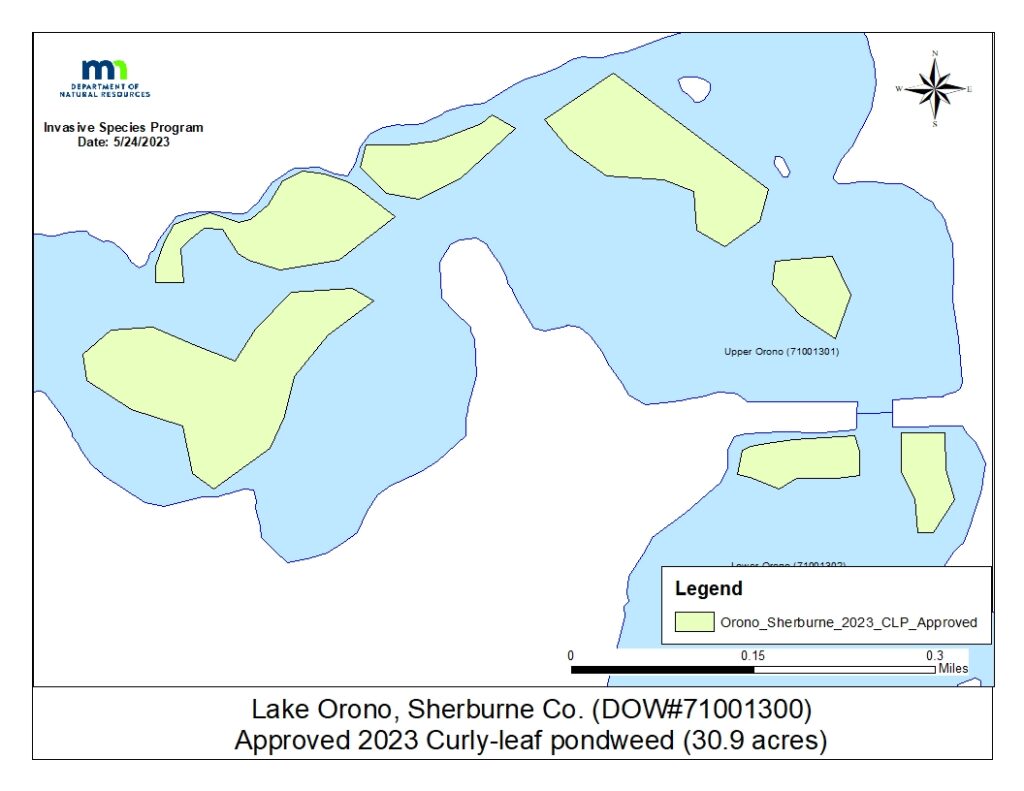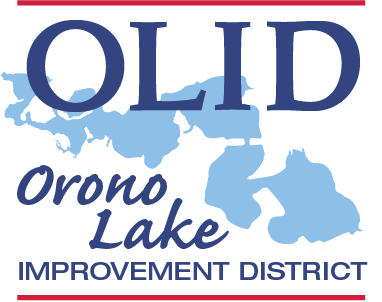
Aquatic Invasive Species
Aquatic invasive species are plants and animals not native to Minnesota. They may include plants such as curly-leaf pondweed and animals such as zebra mussels or spiny water flea.
Aquatic plants improve water quality and dissolved oxygen, and provide food & cover for fish and wildlife. However, when there are too many plants, they reduce the recreational suitability and navigability of the lake. The Lake Management Plan states that the proliferation of invasive curly-leaf pondweed, and overgrowth of nuisance native aquatic plants and algae are of concern.
Identification of Aquatic Plants
- DNR invasive aquatic plant identification
- DNR aquatic plant identification (includes favorable plants)
Inspect and Clean Equipment
To inspect and clean your dock and other water-related equipment, please see this handout:
If you find something suspicious, note the location, take a sample or photo and send an email to: [email protected]
Clean In, Clean Out
When going to or from another lake with your boating, water sports or fishing equipment, protect our waters by following state aquatic invasive species laws:
https://www.dnr.state.mn.us/invasives/preventspread_watercraft.html

Zebra Mussels
A zebra mussel (approx. 4-5 mm in size) was found on a collection sampling plate in the spring of 2022 in the southeastern lobe of the lake near the dam along Main Street.
The samplers are provided by the Sherburne SWCD and SC COLA are a set of three connected plates for the zebra mussels to attach to. Six sampling plates around the lake are being monitored by volunteers.
Zebra mussels were confirmed in Lake Orono in 2020. The lake was tested for eDNA (environmental DNA) in 2021 and one of the results was positive. Volunteers have also increased their veliger (zebra mussel larvae) testing.

Identification
Zebra mussels range from 1/4 in. to 1-1/2 in in size; adults are usually fingernail-sized. They have a D-shaped hinged shell and usually have alternating yellow and brownish stripes, but as you can see in the pictures you may not be able to see the stripes.
Zebra mussels usually attach to hard surfaces (rocks, docks, boats, motors, etc.) below the water’s surface. Be sure to inspect and clean all equipment (see handout above).
If you find any, DO NOT throw in the lake — leave them where they are. Please take a photo, note the location and send an email to [email protected] with the information.
Curly-leaf Pondweed
Below is a map of the Curly-leaf pondweed (CLP) areas that the MN DNR had permitted for treatment of public waters in both 2023 and 2024. Our service provider, Lake Management Inc. applied herbicide for CLP on Wednesday, April 24, 2024. The total approved treatment area is up to 31 acres.

There are no restrictions on water use as a result of the treatment (e.g. swimming, lawn watering unless your shoreline is directly affected). Maintaining a no-wake is recommended in the orange floating marker treatment areas for 24 to ideally 48 hours to maximize herbicide contact time.

Eurasian watermilfoil Update
In mid-July 2020, Eurasian watermilfoil (EWM) was found in Guardian Angels bay. Using a rapid response this area was treated on Wed., Aug. 5, 2020.
To date, there has been no further EWM detected. When 5 years have passed, the DNR considers it eradicated. OLID has secured grants from Sherburne SWCD and set aside funds if an additional rapid response is needed.
“Despite searching all previously marked spots from 2020, we saw no evidence of EWM anywhere.”
–Matt Berg, Endangered Resource Services LLC (May 23, 2022)

